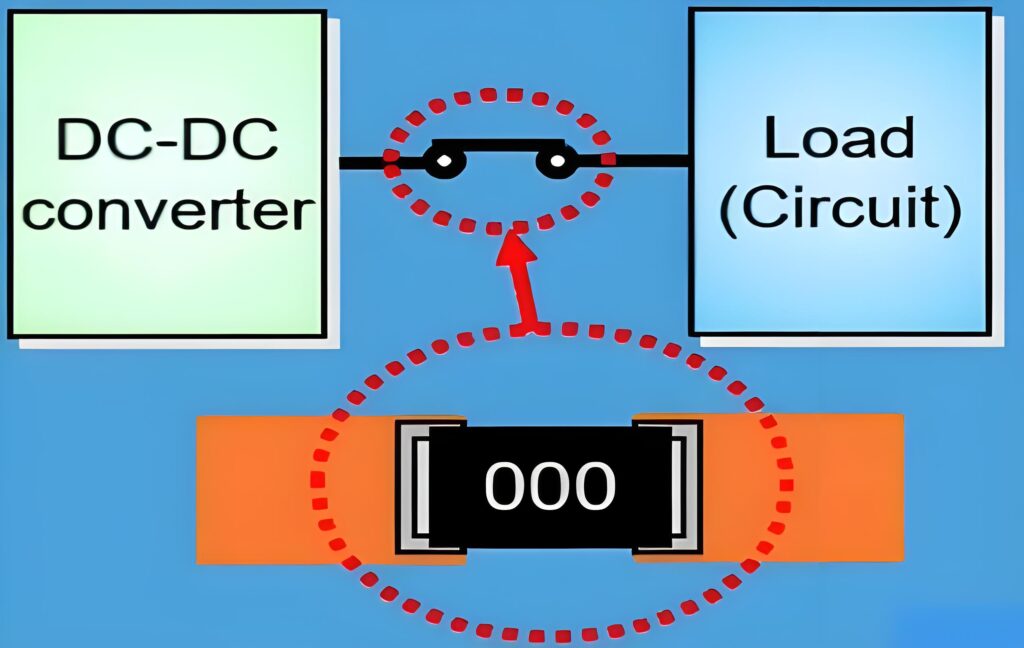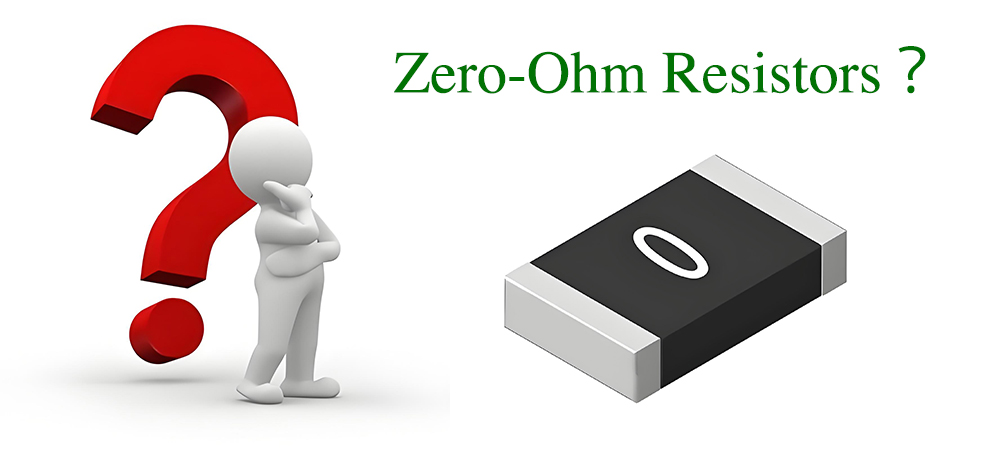Zero-ohm resistors might seem unnecessary. After all, they have almost no resistance. Yet, they are vital in electronics design and manufacturing. These components act as jumpers, enable flexible connections, and simplify configurations. They also reduce production costs and increase efficiency. However, their name often causes confusion. This article explains the uses, benefits, and common misunderstandings of zero-ohm resistors.
Why Use Zero-Ohm Resistors?

1. Simplifying Circuit Design
- Zero-ohm resistors help resolve routing issues in multilayer PCBs. They act as jumpers and reduce design complexity.
- Designers can make quick changes to traces without altering the entire PCB layout.
2. Cutting Production Costs
- Automated machines can place zero-ohm resistors during assembly. This removes the need for manual jumpers, saving time and labor costs.
- A single PCB design can support multiple functions. Adding or removing zero-ohm resistors tailors the board for different needs, reducing redesign expenses.
3. Improving Circuit Flexibility
- Zero-ohm resistors enable or disable certain features in a circuit. Designers can adjust the board for different specifications.
- During testing, these resistors can short specific paths. This makes it easier to debug and verify the circuit.
4. Minimizing Noise and Interference
- They provide a low-impedance path between power and ground. This reduces noise and enhances circuit stability.
- In high-frequency circuits, they help manage electromagnetic interference (EMI). They do this by optimizing ground routing.
5. Replacing Wires or Fuses
- Zero-ohm resistors can act as shorting components in circuits. This simplifies design and supports automated production.
Misconceptions About -Ohm Resistors

1. They Have No Resistance
Zero-ohm resistors do have resistance, though very little. Their actual resistance ranges from 0.05Ω to 0.5Ω. The exact value depends on the materials and manufacturing process.
2. They Serve No Purpose
Some think zero-ohm resistors are useless. In reality, they solve many design challenges. These include acting as jumpers, controlling noise, and enabling circuit flexibility.
3. Wires Can Replace Them
Wires seem like an alternative. However, wires cannot be placed by automated machines. They also risk soldering issues and human error. Zero-ohm resistors are standardized and ideal for modern production lines.
4. They Have No Power Limits
Even with low resistance, zero-ohm resistors have power and current limits. Excessive current can cause them to overheat or fail. Always choose the right model for the application.
5. They Are Only for Jumpers
Zero-ohm resistors are versatile. They segment circuits, suppress noise, and optimize high-frequency designs. They also simplify signal and ground paths.
6. They Never Fail
Zero-ohm resistors can fail under extreme conditions. Overcurrent or overheating can cause them to break. Designers must consider their current and thermal limits.
Final Thoughts
Zero-ohm resistors are small but essential. They simplify designs, lower costs, and improve circuit flexibility. They also reduce noise and stabilize performance. However, understanding their limitations is key. Avoiding common misconceptions ensures better use of these components.
In modern electronics, zero-ohm resistors are indispensable. Their proper use can boost design efficiency and stability. This allows your products to stand out in a competitive market.



